Replicating the green tourism model is extremely necessary to develop sustainable tourism for Vietnam, while ensuring a bright future for the people and the country.
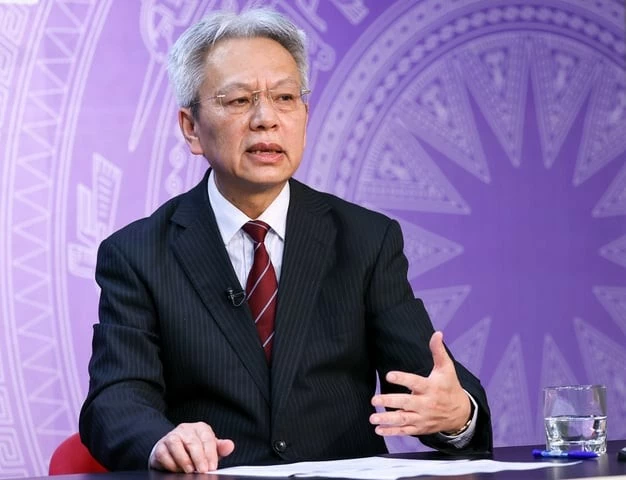 |
| Dr. Nguyen Si Dung said that replicating the green tourism model of Trang An Eco-tourism Area is a necessary step to develop sustainable tourism in Vietnam. (Source: VGP) |
Trang An - green tourism perspective
Green economy means green tourism. Trang An Eco-tourism Area, part of Trang An Scenic Landscape Complex, Ninh Binh – a UNESCO World Cultural and Natural Heritage, is a typical example of green tourism.
Trang An is known for its limestone cave system, clear rivers and pristine natural landscape. This eco-tourism area focuses on preserving the original natural landscape, minimizing interference with the ecosystem. The main means of transportation in the area is by handboat, which does not use an engine, helping to minimize air and noise pollution, while limiting the impact on the natural environment. In addition, littering in the area is strictly controlled.
In Trang An, the cultural, historical and traditional values of local people are preserved and honored. This area has many cultural and historical relics, including ancient temples and pagodas associated with the history of Vietnamese feudal dynasties. Traditional cultural festivals are also held annually, creating opportunities for visitors to experience and learn about indigenous culture. Local communities are encouraged to participate in tourism activities by providing services such as boating, tour guiding and selling handicraft products. This not only helps local people increase their income, but also contributes to the maintenance and development of traditional culture.
This is a typical example of sustainable development in tourism. The management of this eco-tourism area not only ensures the effective exploitation of natural and cultural resources but also maintains the balance between conservation and development. Tourism here does not put too much pressure on the environment or local communities, but also contributes to protecting natural and cultural values for future generations.
Trang An has also succeeded in creating awareness and responsibility for environmental protection among visitors. Signs and instructions on environmental protection and indigenous culture are placed everywhere, reminding visitors to comply with regulations on heritage protection and preservation of natural landscapes.
From the example of Trang An Ecotourism Area, we can draw out the outstanding features of green tourism and from there give a specific definition of this tourism model. First, protect the natural environment. In Trang An, the conservation of ecosystems and natural landscapes is the core factor. Tourism activities such as rowing do not cause pollution, minimizing negative impacts on the environment.
Second, preserve culture and support local communities. Green tourism not only protects nature but also honors and preserves local culture. In Trang An, cultural heritages are preserved and local people are involved in providing services, helping to improve the economy while preserving traditional cultural values. This is an essential element of green tourism - the harmony between tourism development and cultural preservation, benefiting the community.
Third, sustainable development. The long-term goal of green tourism is sustainable development, ensuring that tourism does not destroy the environment or local culture. Trang An has balanced economic development from tourism with maintaining natural and cultural values for future generations.
Fourth, awareness and responsibility of tourists. Trang An has built a strong awareness among tourists about the responsibility to protect the environment and respect local culture. This shows that green tourism requires tourists to consciously participate in protecting sustainable values when experiencing tourism.
From the above-mentioned outstanding features, it can be defined that green tourism is a form of sustainable tourism. In which, tourism activities are designed and organized to minimize negative impacts on the natural environment, while respecting and preserving local culture and history. Green tourism creates economic benefits for local communities but always ensures a balance between economic development, environmental protection and cultural heritage preservation. It also requires awareness and responsibility from tourists in protecting natural resources and cultural values.
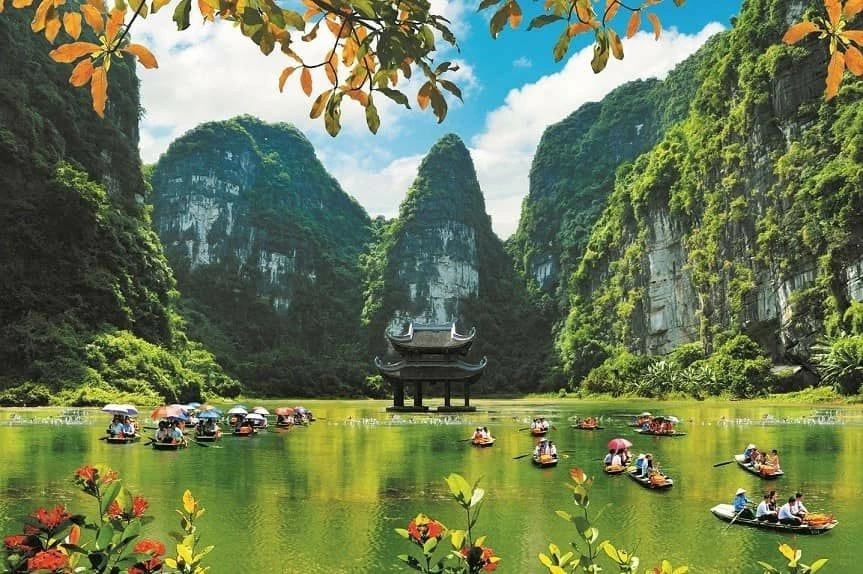 |
| Trang An scenic spot attracts many tourists because of its charming landscape and landscape. (Source: Ninh Binh Department of Information and Communications) |
Replicating green tourism model for sustainable development
Replicating the green tourism model of Trang An Eco-tourism Area is a necessary step to develop sustainable tourism in Vietnam, while ensuring a bright future for the people and the country.
Vietnam has many areas with majestic natural landscapes and rich ecological diversity such as Ha Long Bay, Phong Nha – Ke Bang, Cat Ba... However, these tourist areas are facing great pressure from overexploitation, causing degradation of the natural environment. Green tourism models such as Trang An show that nature conservation also brings long-term benefits.
One strength of the Trang An model is the harmonious combination of tourism development and income generation for local communities. Through activities such as boating, tour guiding, and selling handicrafts, local people not only benefit economically but also contribute to maintaining and preserving their culture. If this model is replicated, other communities will benefit from sustainable tourism, without depending on natural resources that are easily depleted or harmful activities such as indiscriminate exploitation of resources. This will help develop the local economy, create jobs, and reduce migration from rural areas.
Green tourism not only protects nature but also plays an important role in preserving cultural values. Respecting cultural heritage and encouraging local people to participate in tourism activities has helped preserve traditional values. Replicating this model can help protect cultural heritage across the country, from craft villages to historical relics. This will help Vietnam maintain its cultural identity in the context of international integration, while creating a unique tourism product that attracts international visitors.
The global tourism trend is gradually shifting towards sustainable models, as tourists are increasingly interested in environmentally and socially responsible tourism. Trang An has demonstrated that the green tourism model can meet this need and attract tourists. Replicating the green tourism model will not only meet the needs of international tourists, but also help Vietnam enhance its image as an environmentally friendly destination. This will increase Vietnam's competitiveness in the global tourism market, attract more international tourists, thereby creating greater revenue for the economy.
The Government has set sustainable development as one of its top priorities. Green tourism is an important part of this strategy, helping to reduce the negative impacts of tourism on the environment and society. Scaling up the green tourism model is not only in line with the national development strategy, but also contributes directly to global sustainable development goals. This will help Vietnam meet its international environmental commitments, such as the Paris Agreement on climate change, and contribute to building the image of a globally responsible country.
Mass tourism may bring short-term economic benefits, but it is unsustainable if resources are not exploited properly. Damaged ecosystems are difficult to recover and lead to long-term degradation. Meanwhile, green tourism ensures that natural and cultural resources are protected, leaving a legacy for future generations. By replicating the green tourism model, Vietnam will create a more sustainable future, where future generations can continue to benefit from the natural and cultural resources we preserve today.
In short, replicating the green tourism model is extremely necessary to develop sustainable tourism for Vietnam. This model not only helps protect the environment and preserve culture but also creates sustainable economic benefits for local communities. By ensuring balanced development between economic, environmental and social factors, green tourism will help ensure a better future for the people and the country, while contributing to the national development strategy and international commitments of Vietnam.
Source: https://baoquocte.vn/buoc-di-can-thiet-de-phat-trien-du-lich-ben-vung-291447.html




![[Photo] Looking back at the impressive moments of the Vietnamese rescue team in Myanmar](https://vstatic.vietnam.vn/vietnam/resource/IMAGE/2025/4/11/5623ca902a934e19b604c718265249d0)

![[Photo] "Beauties" participate in the parade rehearsal at Bien Hoa airport](https://vstatic.vietnam.vn/vietnam/resource/IMAGE/2025/4/11/155502af3384431e918de0e2e585d13a)

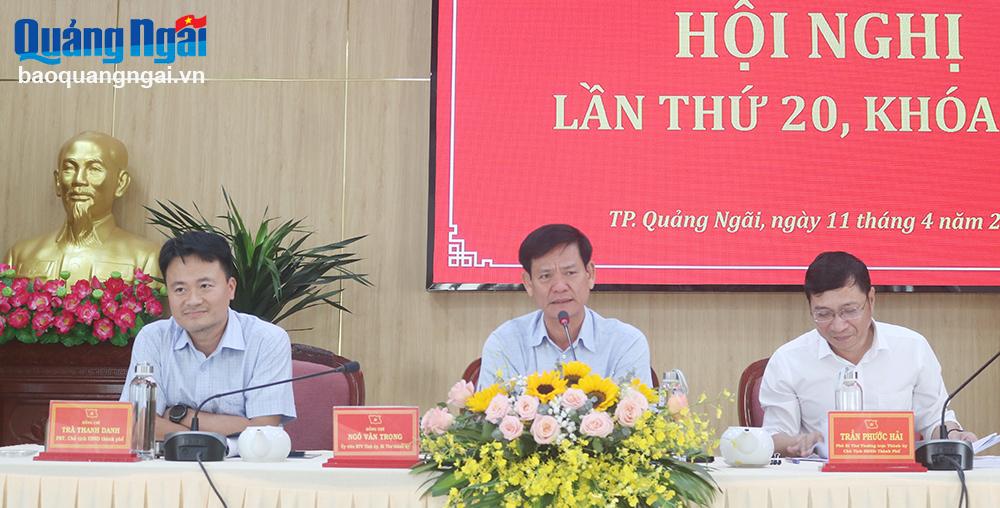


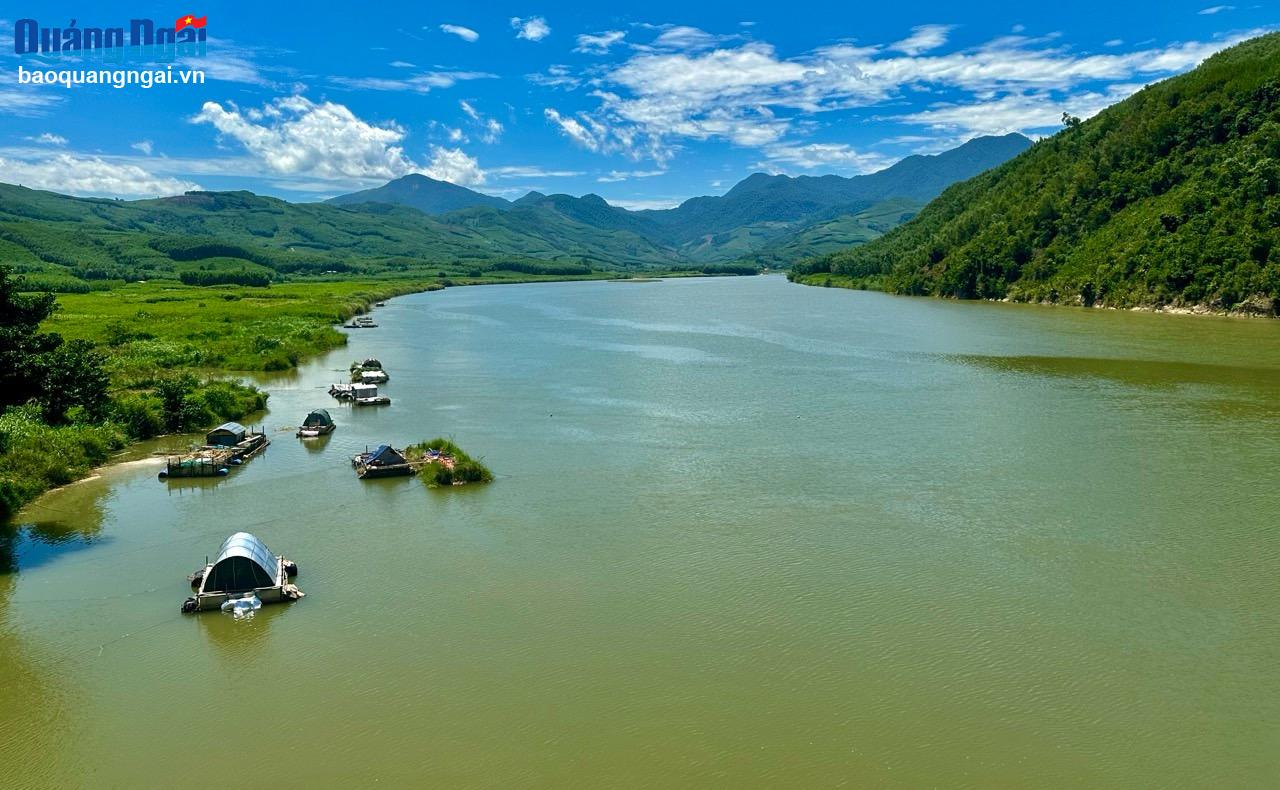
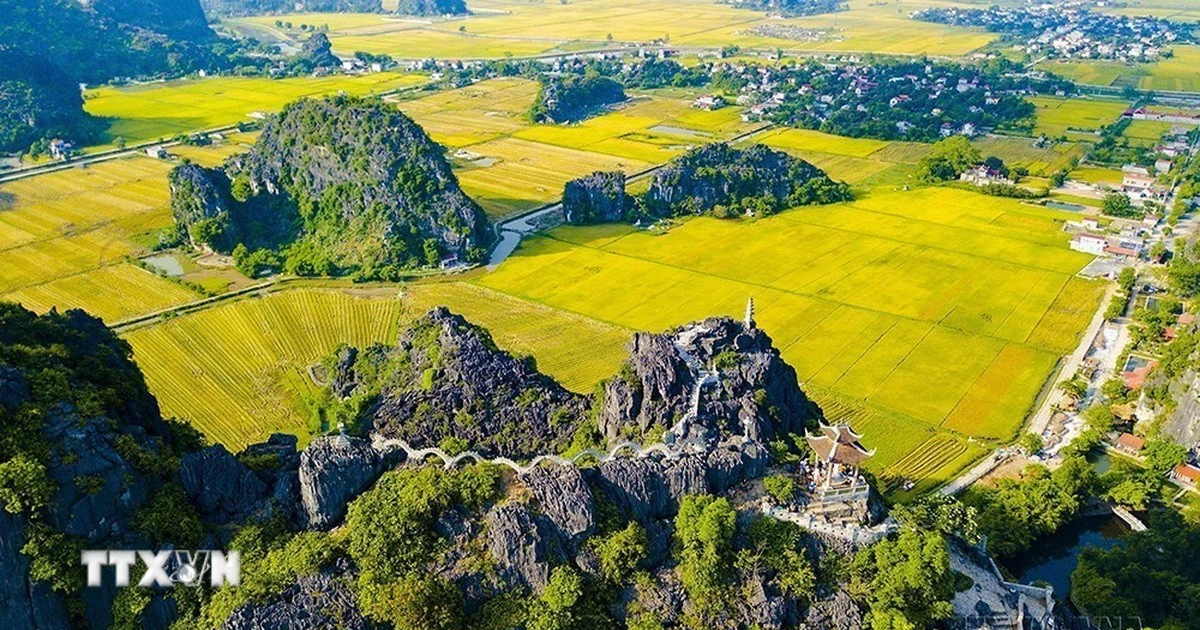

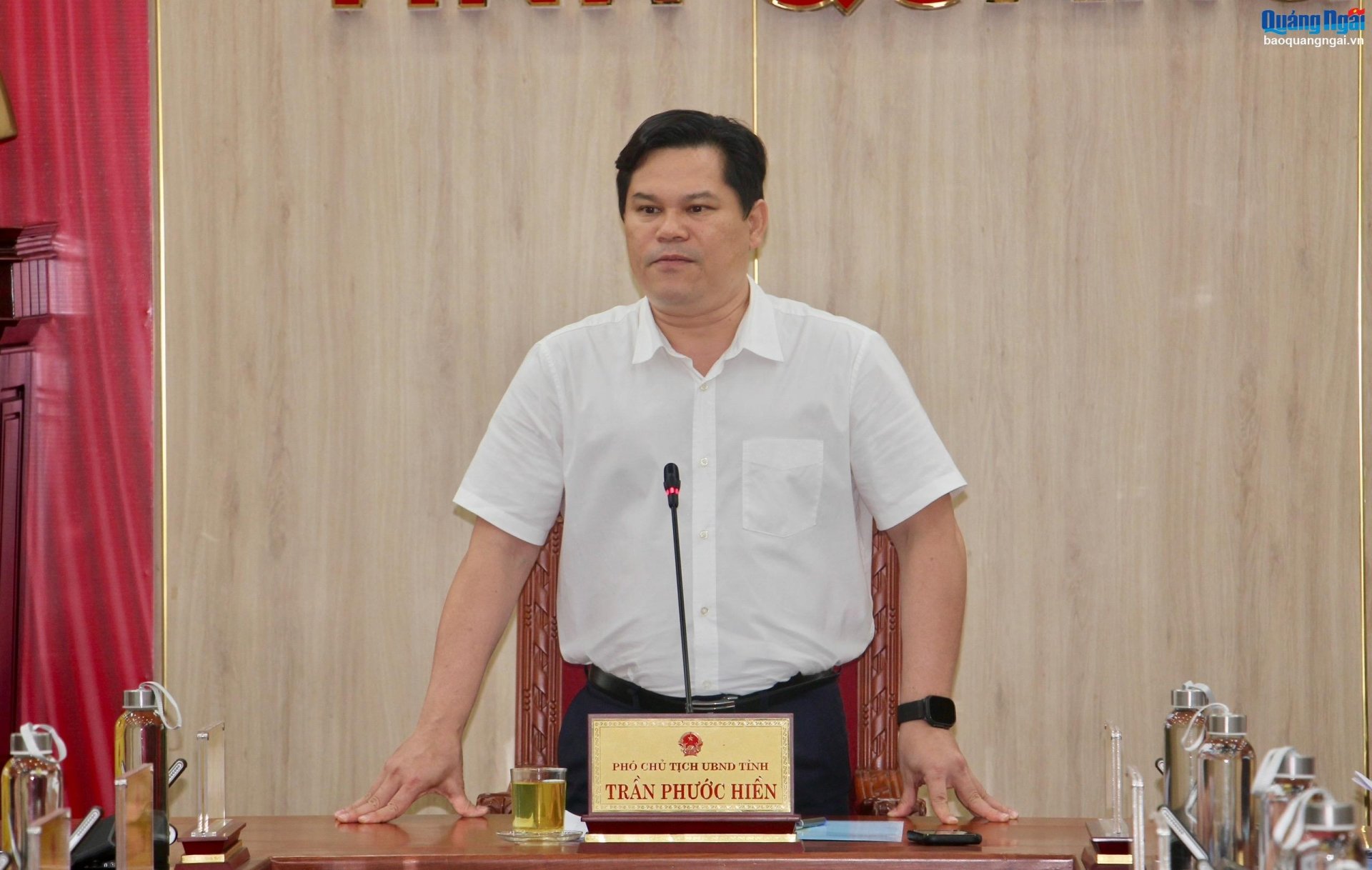



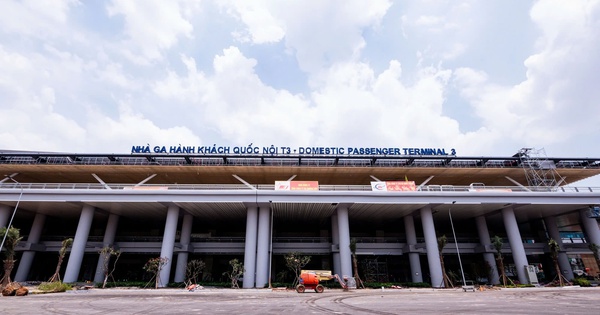
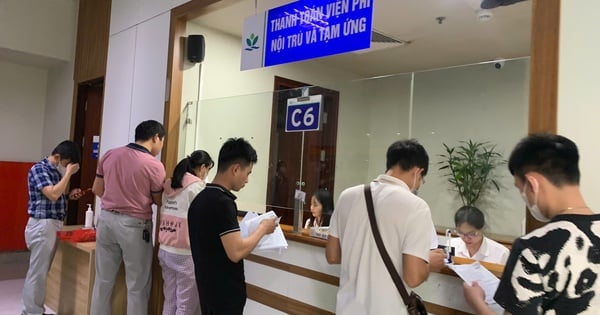
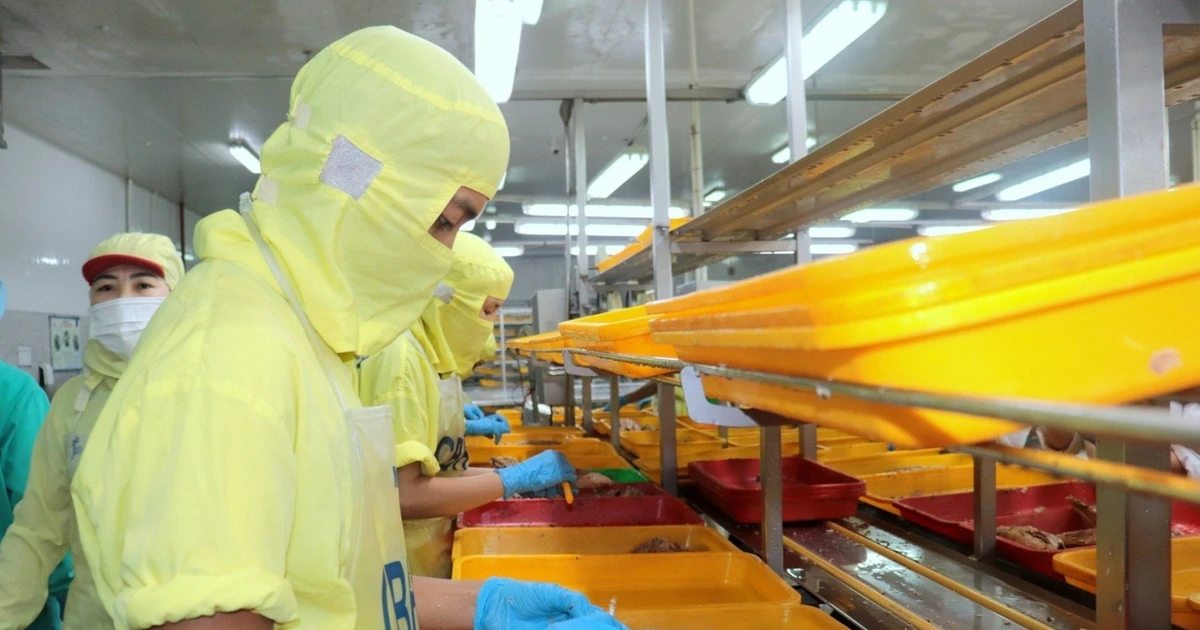

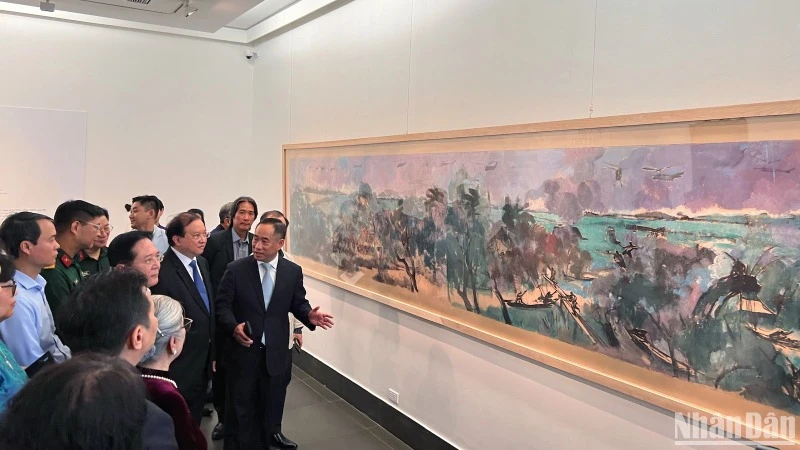


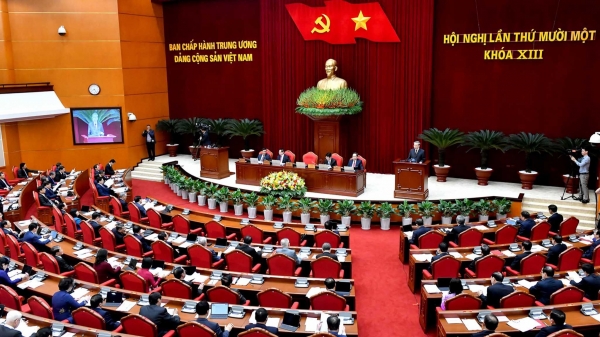


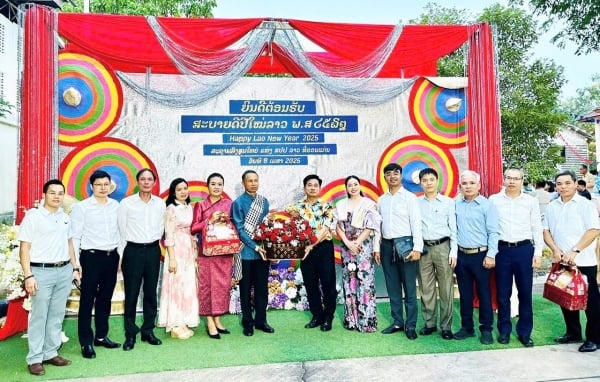


![[Photo] Summary of parade practice in preparation for the April 30th celebration](https://vstatic.vietnam.vn/vietnam/resource/IMAGE/2025/4/11/78cfee0f2cc045b387ff1a4362b5950f)




































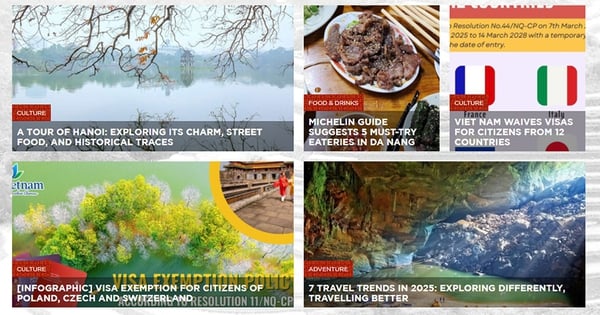

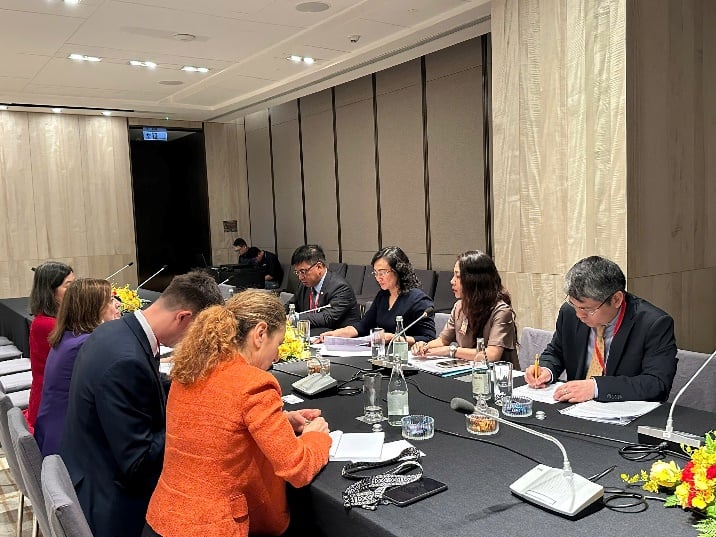
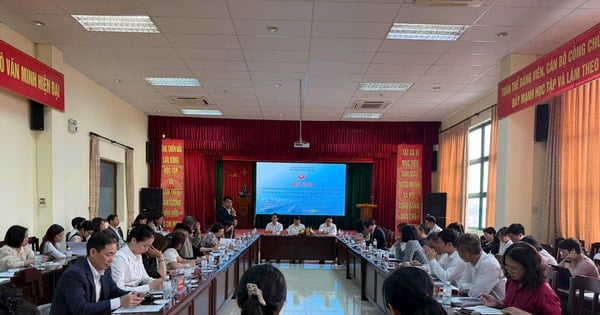




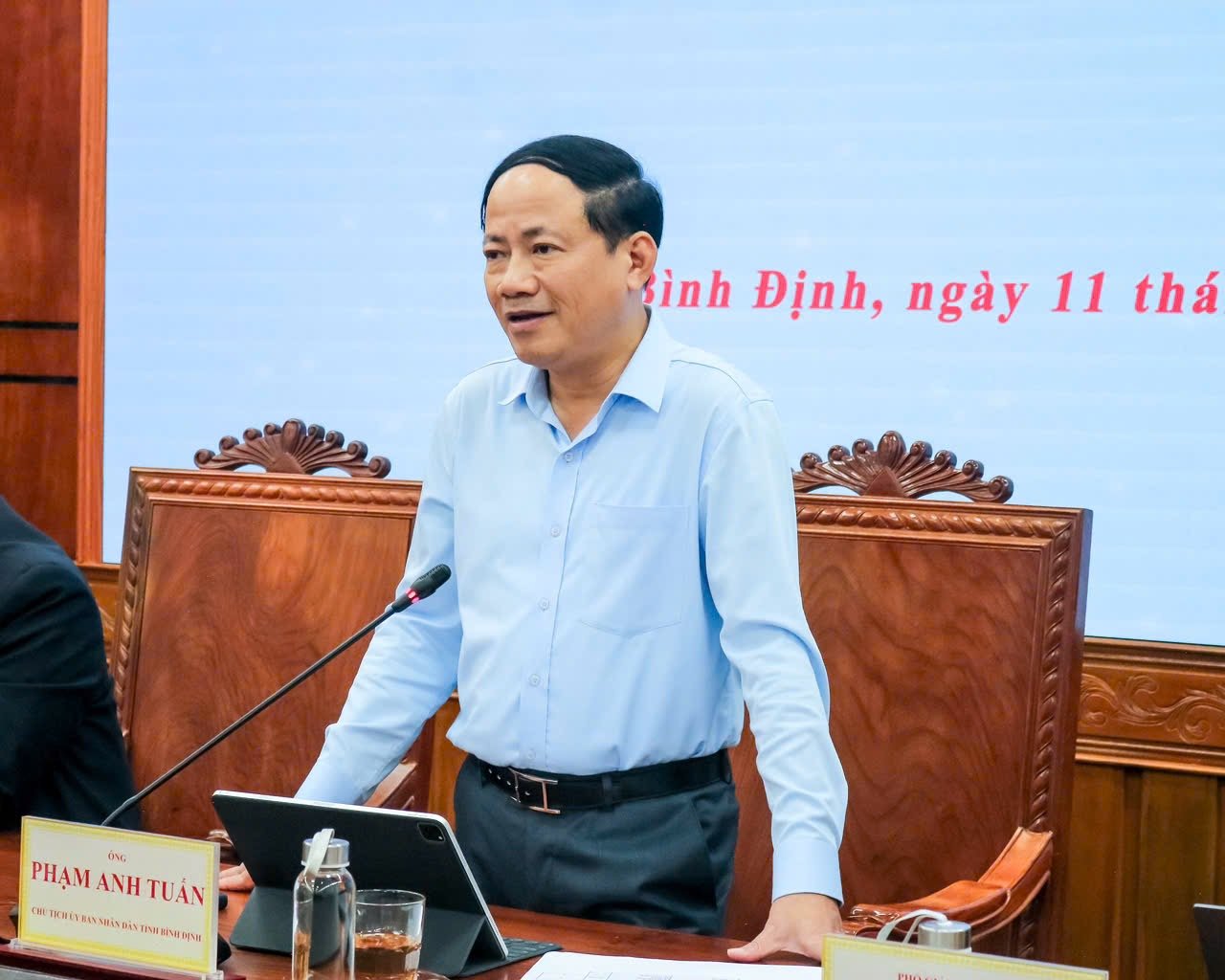


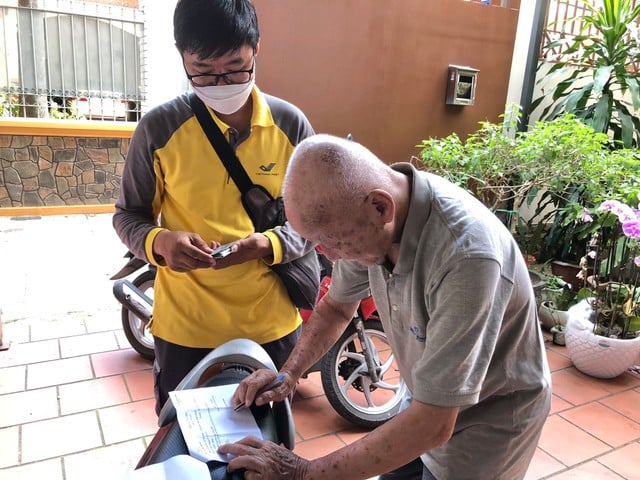









Comment (0)